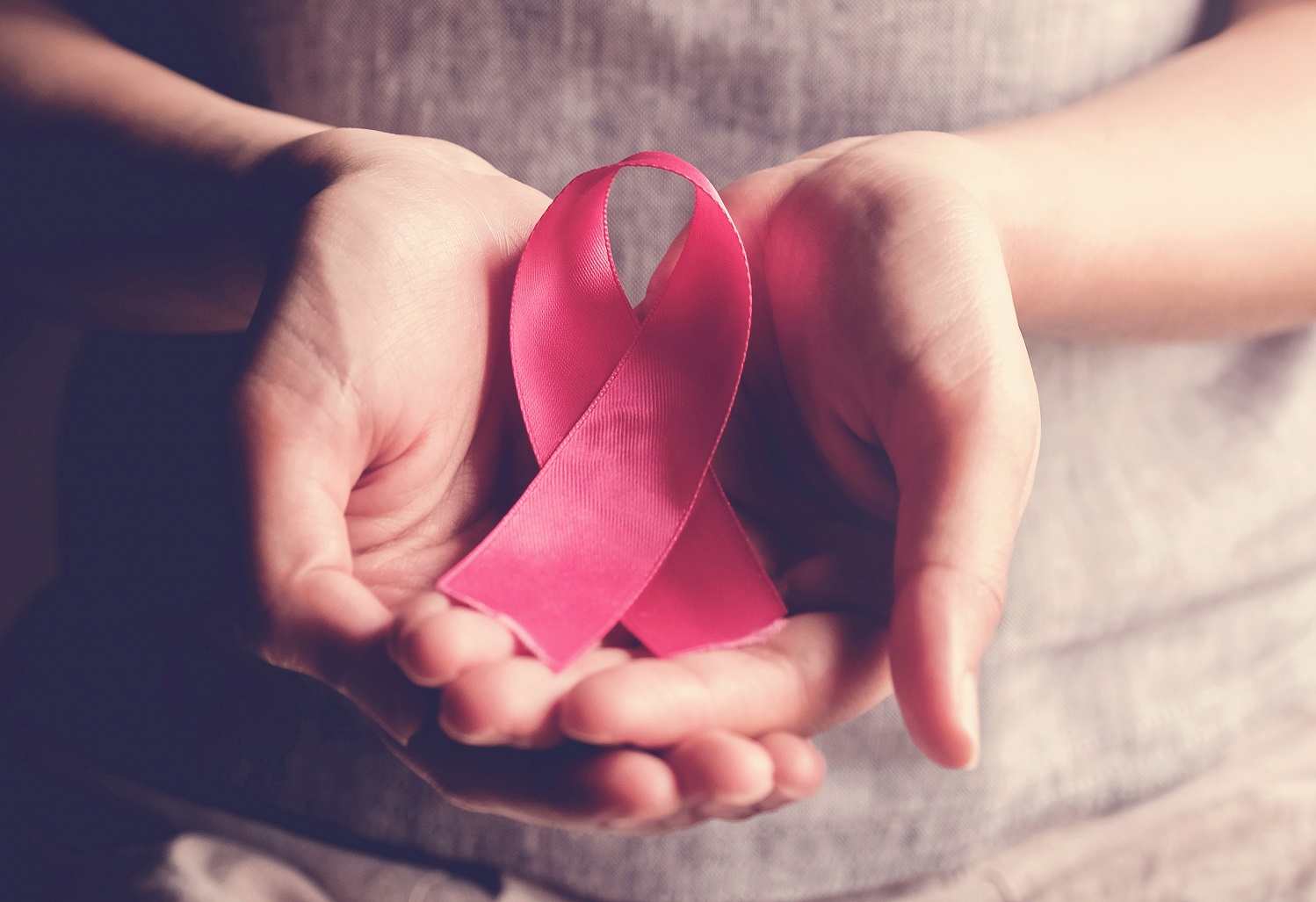A recent report from the American Cancer Society (ACS) highlights a concerning trend in breast cancer diagnoses among women aged 50 and younger, despite a significant decline in breast cancer mortality rates in the United States. Breast cancer deaths have dropped by 44% since 1989, primarily due to advancements in early detection and treatment.
However, between 2012 and 2021, breast cancer diagnoses increased by 1% annually, with the most notable rise among women under 50, who experienced an annual increase of 1.4%. Asian-American and Pacific Islander women also faced a concerning surge in diagnoses, reaching up to 2.7% per year.
The lead author of the report, Angela Giaquinto, expressed concern that the continued rise in breast cancer incidence, particularly among younger women, could hinder future progress in reducing mortality rates.
This trend highlights the need for further investigation into the factors contributing to increased breast cancer rates in this demographic, as women aged 50 and older saw a more modest increase of 0.7% per year.
Dr. William Dahut, the ACS’s chief scientific officer, emphasized the persistence of disparities in breast cancer outcomes, particularly among racial and ethnic minority groups such as Asian-American, Pacific Islander, Native American, and Black women.

The ACS report, which draws on data from various national health organizations, reveals that breast cancer is the second most common cancer among women, following skin cancer.
The projected statistics for this year indicate that approximately 310,720 women will be diagnosed with invasive breast cancer, and around 42,250 are expected to die from the disease. Dr. Christopher McGreevy, an expert in breast surgery, noted that this trend is not limited to the U.S., as similar patterns are emerging in other countries.
Several potential factors may contribute to the rising prevalence of breast cancer among younger women. Obesity is one significant concern, as excess weight can lead to increased estrogen production, which is linked to certain types of breast cancer.
Additionally, delayed childbearing may heighten the risk since pregnancy is known to reduce breast cancer risk. Environmental toxins and endocrine disruptors, which mimic estrogen, may also play a role. Furthermore, genetic factors, including mutations in genes like BRCA1 and BRCA2, can significantly increase the risk of breast cancer at a young age.
The report also acknowledges certain limitations in the study, noting that the findings are generalized across all women and do not account for individual patient characteristics, such as comorbidities or specific treatments. Despite these limitations, Giaquinto emphasizes the importance of early detection as a crucial strategy for improving survival rates.
Women are encouraged to discuss screening options with their healthcare providers, maintain a healthy lifestyle, and remain aware of their family history and risk factors. The ACS recommends keeping up with breast cancer screenings, especially for younger women, given the recent lowering of recommended screening guidelines to age 40.
